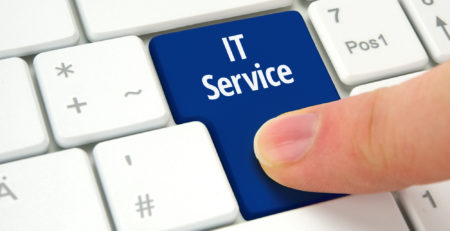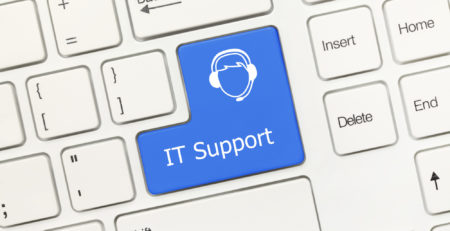Securing Your Remote Work Environment
Remote work has become a common practice for many businesses. However, this shift has also opened up new avenues for potential security threats. As an IT-managed service provider, we understand the importance of securing your remote work environment. Here are some best practices to help you maintain a secure remote work environment.
1. Implement Strong Password Policies
One of the simplest yet most effective ways to secure your remote work environment is by implementing strong password policies. Encourage your employees to use complex passwords that include a mix of letters, numbers, and special characters. Also, consider implementing multi-factor authentication for an added layer of security. Regularly changing passwords and not reusing them across multiple platforms can also enhance security.
2. Use Secure and Trusted Platforms
When it comes to choosing platforms for communication and collaboration, opt for those that prioritize security. These platforms should offer end-to-end encryption and comply with data privacy regulations. It’s also important to review the privacy settings and ensure they are set to the highest level of security.
3. Regular Software Updates
Keeping your software up-to-date is crucial in protecting your systems from vulnerabilities. Regular updates often include patches for security flaws that could be exploited by cybercriminals. This includes not only your operating systems but also any applications or programs that your employees use.
4. VPN for Secure Connections
A Virtual Private Network (VPN) creates a secure connection over the internet, encrypting data in transit. This is particularly important when employees are accessing company resources from public or unsecured networks. A VPN can also help protect against man-in-the-middle attacks, where a hacker intercepts and potentially alters communication between two parties.
5. Regular Backups
Regularly backing up data ensures that you can quickly recover in the event of a data loss incident. This could be due to a security breach, physical damage to hardware, or even human error. It’s also a good idea to test your backups regularly to ensure they can be restored if needed.
6. Employee Training
Employees are often the first line of defense against cyber threats. Regular training can help them recognize and respond appropriately to phishing attempts, suspicious links, and other common cyber threats. It’s also important to foster a culture of security where employees feel comfortable reporting potential threats.
7. Incident Response Plan
Having a clear incident response plan in place can help you react quickly and effectively in the event of a security breach. This plan should outline the steps to be taken, including identifying the breach, containing the threat, and notifying affected parties. Regularly reviewing and updating this plan is also crucial.
8. Regular Security Audits
Regular security audits can help identify potential vulnerabilities in your systems and processes. These audits can be carried out by internal IT staff or external cybersecurity professionals. They can also help ensure that you are complying with any relevant regulations or standards.
Securing your remote work environment requires a multi-faceted approach. By implementing these best practices, small businesses can protect their valuable data and maintain the trust of their clients. Remember, in the realm of cybersecurity, prevention is always better than cure.










Leave a Reply